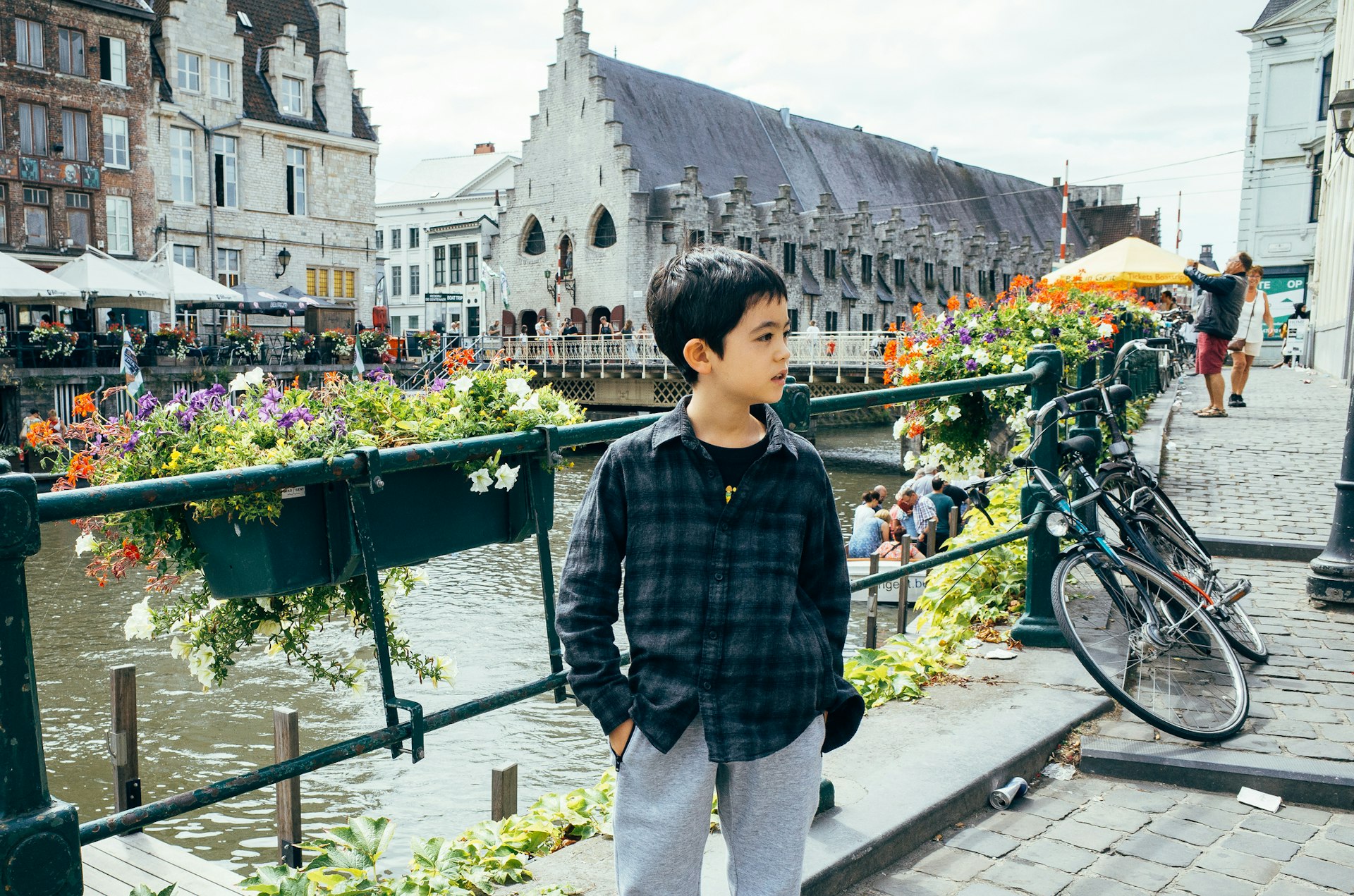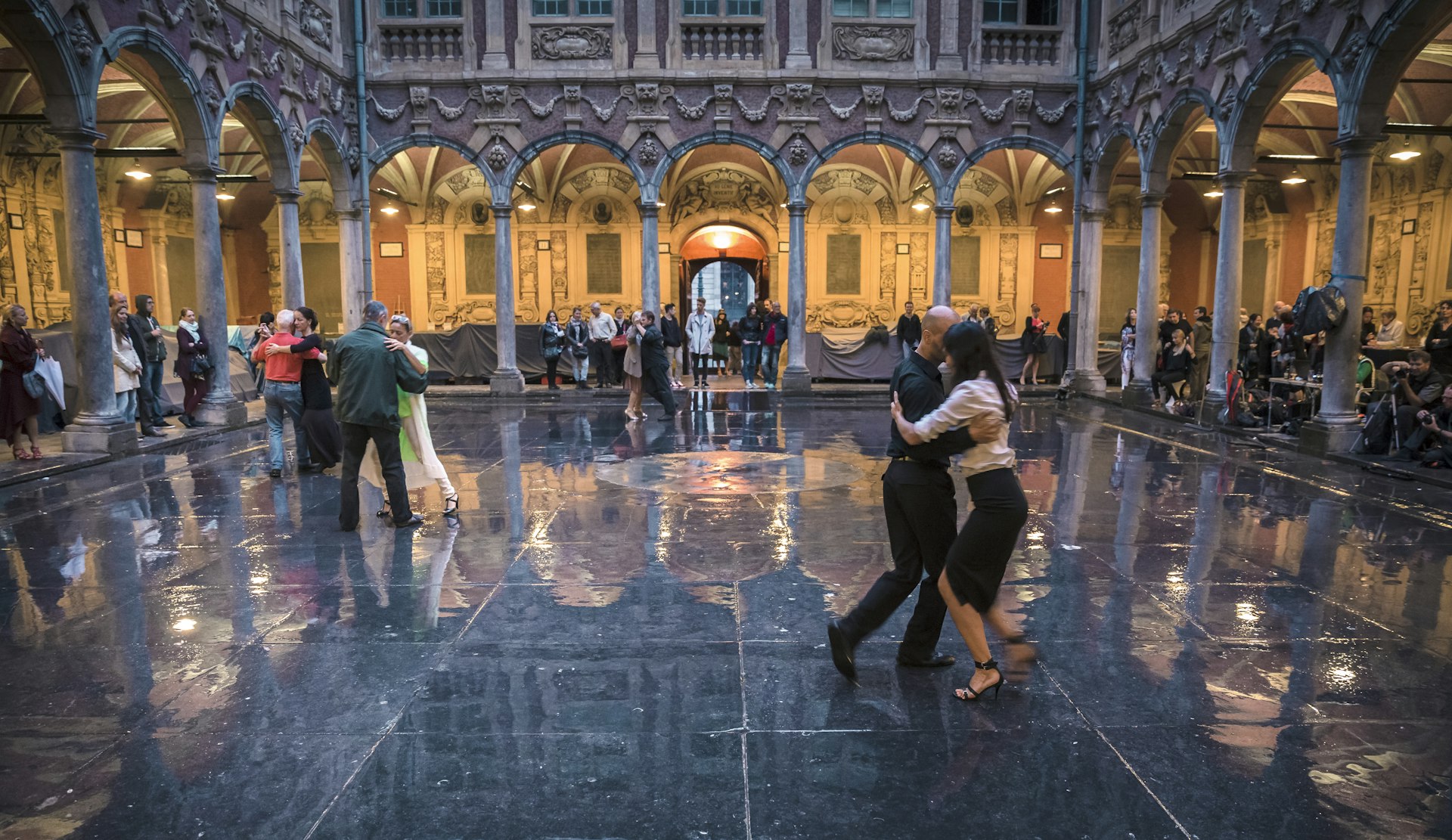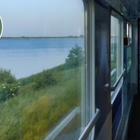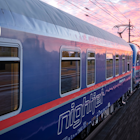Brussels is Europe’s beating bureaucratic heart, but beyond the stiff shirts and secondary legislation, the Belgian capital is a heady mix of strong beer, artistic expression, and medieval architecture.
It’s a geographical boon too, with storybook castles, cool cities, and cross-border curios all within easy reach. Here are the best day trips from Brussels.
Try out Antwerp's cafe culture
It may be Belgium’s second city, but Antwerp certainly steals the crown as the country’s coolest. This beguiling medieval behemoth, one of Europe’s most important cities in the mid-16th century, still drips with diamond dealers and fashion houses.
There’s plenty to keep you occupied during a day trip from Brussels too. Home of the baroque superstar painter Peter Paul Rubens — as museums like the eponymous Rubenshuis will regularly remind you — the city boasts cafe-filled cobbled lanes, a riverside castle, and Belgium’s finest place of worship, the Gothic Cathedral of Our Lady.
How to get to Antwerp: Trains from Bruxelles-Midi to Antwerpen-Centraal take 46–60 minutes. The journey is around 50 minutes by car, but Antwerp is a Low Emission Zone, so check whether your vehicle is allowed into the city via the Low Emission Zone website.

Explore the architecture of Ghent
As one of Belgium's oldest cities, there's a wealth of medieval and classical architecture in Ghent. A tour of its best-known sights – The Adoration of the Mystic Lamb altarpiece, the 14th-century Belfort belfry and Gravensteen, a 12th-century stone castle – are easily covered in a day, but there’s a vibrancy away from the big-hitters too.
Korenmarkt, the popular waterfront square, has some dazzling centuries-old buildings, whilst the Graslei area on the River Leie where the locals wine, dine, and soak in the surroundings. A wander along the beautiful canals could keep you engrossed for a morning, but leave time to see the works of Belgian artists like Magritte, Emile Claus and Pieter Brueghel the Younger in the MSK art gallery.
How to get to Ghent: Twice-hourly trains take 36 minutes from Brussels to Ghent. The same journey takes 75 minutes by car.
Take a canal boat tour of Bruges
This fairy-tale medieval city is one of Europe's best-preserved: picturesque cobbled lanes and dreamy canals lead to grand market squares lined with soaring towers, historical churches and whitewashed almshouses. An easy trip from Brussels, Bruges is dominated by day-trippers in the warmer months.
Overlooked by the 13th-century Belfort belfry, the Markt is the city’s vocal point: a medieval square where horse-drawn carts still circle past classical and neo-Gothic facades. Venture south to see the fantastic Groeningemuseum with masterworks by Flemish painter Hans Memling, but don’t miss viewing Bruges from the water. Canal boat tours can be booked from the Rozenhoedkaai and Dijver jetties.
How to get to Bruges: Twice-hourly trains go from Brussels to Bruges. The trip takes around 90 minutes by car.

Learn about Napoleon's defeat at Waterloo Battlefield
Tourists have been swarming to Waterloo in Wallonia ever since Napoleon's 1815 defeat. Sightseers were seen poking around as early as the morning after the seminal battle – and it still attracts thousands of visitors today.
Best visited as a day trip from Brussels, a new high-tech underground museum peps up the site of the Waterloo Battlefield and helps you make sense of the vast, attractive patchwork of gently undulating cropland dotted with memorials and historically meaningful buildings. The main battlefield is Hameau du Lion (Lion Hamlet), some 3 miles (5km) south of central Waterloo town.
How to get to Waterloo: TEC bus W runs every 30 minutes from Ave Fonsny at Brussels-Midi to Braine-l’Alleud train station. By train, get off at Braine-l’Alleud (45 minutes) rather than Waterloo station, and switch to bus W to reach the battlefield. The journey from Brussels to Waterloo takes around 45 minutes by car.
Visit the mighty citadel in Namur
Strategically located at the confluence of the Meuse and Sambre Rivers, Namur is crowned by a vast citadel that was once one of Europe’s mightiest fortresses. As well as terrific views, compelling Citadelle de Namur has ramparts, tunnels and grey walls that run all across the hilltop.
Down below, Namur's gently picturesque old town has lots to discover, including Église St-Loup, the baroque church Baudelaire reputedly described as a “sinister and gallant marvel”, as well as some charming museums. Even the cafes, bookstores and vintage shops of its cobblestone lanes are relaxed enough for many visitors to lose a morning.
How to get to Namur: Trains from Brussels to Namur take around 65 minutes. It takes a similar length of time by car.

Lille is a cultural and commercial hub
France's most underrated metropolis is under two hours from Brussels. Recent decades have seen Lille transform from an industrial center into a glittering cultural and commercial hub. The enchanting old town is awash with magnificent French and Flemish architecture, but the renowned art museums like Palais des Beaux Arts and legions of fantastic restaurants make it well worth the trip.
Don’t miss La Piscine Musée d'Art et d'Industrie, 7 miles (12km) northeast of Gare Lille-Europe in Roubaix. This former art deco municipal swimming pool has been converted into an innovative museum of fine art. The pool is still filled and the sculptures are reflected in the water.
How to get to Lille: It takes around 50 minutes to get from Brussels to Lille via train. By car, it takes 1 hour 45 minutes.
See Tournai's remarkable five-spired cathedral
Tournai’s gorgeous triangular main square is ringed with cafes in fine gable-fronted guild houses merrily flying guild banners. But many will make the journey from Brussels just to see the five spires of Cathédrale Notre Dame which dominate the skyline.
The city’s remarkable cathedral, one of Belgium’s finest, survived WWII bombs only for a freak tornado to compromise its stability in 1999. Despite the scaffolding, the interior remains a fascinating example of evolving architectural styles, from the magnificent Romanesque nave through a curious bridging transept into an early-Gothic choir.
How to get to Tournai: Trains from Brussels to Tournai take around 70 minutes. The same journey by car takes around 90 minutes.

Leuven is a must-visit for beer lovers
Lively Leuven is an ancient capital, Flanders’ oldest university town, and a prominent brewing center – you will have heard of Stella Artois, but brewers have been making beer since the 13th century. It’s only 25 minutes back to Brussels, so if you’re visiting for the day, stay until early evening to see Oude Markt come to life. The 30 bars that cram together here are collectively known as "Europe's longest bar".
Much of Leuven’s historic townscape was obliterated in the World Wars, but a few eye-catching baroque churches still survive, including St-Michelskerk and OLV-Ter-Koorts. The city’s best site is the 15th-century Stadhuis, a late-Gothic architectural wedding cake flamboyantly overloaded with terraced turrets and fancy stonework.
How to get to Leuven: Direct trains from Brussels to Leuven take 22 minutes. The same journey by car takes around 50 minutes.
Hasselt is Belgium's unofficial gin capital
Hasselt is famed as Belgium’s unofficial jenever (gin) capital. As such, it’s packed with cafes and good restaurants. To make the most of a day here, hire a bicycle from behind the attractive old town hall and ride out to Bokrijk's country parks, where the splendid open-air Bokrijk Openluchtmuseum offers a nostalgic look at Flanders’ past.
Whilst here, get your camera ready as you cross the FDHW, a half-sunken concrete gully cycle path that gives the impression you’re parting the water in the lake.
How to get to Hasselt: Trains from Brussels to Hasselt take around one hour. The same journey by car takes around 80 minutes.
Dinant
Dinant has a striking setting, strung along a riverbank under spectacular cliffs. The village makes a pleasant outing for a day trip from Brussels, highlighted by a visit to its clifftop citadel and a leisurely cruise along the Meuse.
As the birthplace of the famed Leffe abbey ale, Dinant and a fair amount of great beer. The creator of the saxophone, Adolphe Sax, also grew up here, hence sculptures dotted around the city center paying homage to the instrument.
How to get to Dinant: The drive from Brussels to Dinant takes around 90 minutes. The same journey by train and bus takes around 2 hours 15 minutes.
You may also like:
Brussels’ best city parks with a Belgian twist
Brussels for art lovers: 10 incredible galleries
13 classic experiences to have in Brussels












